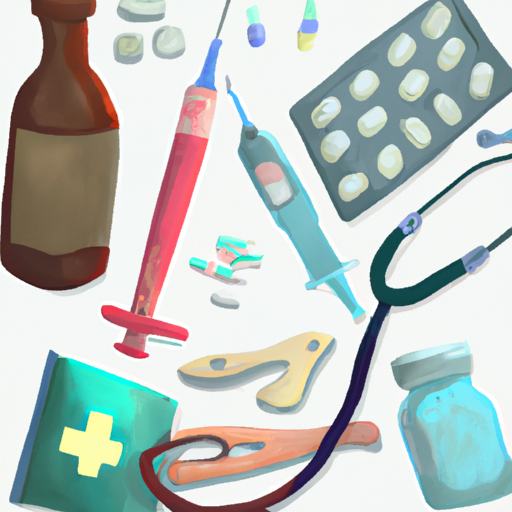1. Types of bone breaks
When it comes to bone breaks, there are several types of fractures that can occur. Stress fractures occur when repeated stress is put on a particular bone, often from overuse or repetitive motion. An open fracture happens when the bone breaks and pierces the skin. Greenstick fractures occur when the bone is bent but does not completely break. Comminuted fractures are when the bone is shattered into multiple pieces and can happen due to high impact. Compression fractures occur when the top of the bone is pressed towards the bottom, often seen in the spine. Lastly, a displaced fracture happens when the bone is broken in at least two parts and the pieces are out of alignment. Regardless of the type of fracture, it’s important to seek medical attention right away to make sure the bone can heal properly.
2. Signs of a broken bone
If you suspect that you or someone else has a broken bone, it’s important to be aware of the signs and symptoms that can help you identify the problem. One of the most common and obvious signs of a broken bone is pain. Depending on the severity of the break, the pain can range from mild to intense. Swelling, discoloration and bruising are also common signs of a broken bone, and the area may feel tender to the touch. Depending on the location of the fracture, it may be difficult or even impossible to move the bone or the surrounding area. In some cases, the bone may poke through the skin, resulting in an open fracture. If you are experiencing any of these symptoms, it is important that you seek medical attention as soon as possible. A doctor can diagnose the broken bone and provide appropriate treatment to ensure a full recovery.
3. Diagnosing a broken bone
When diagnosing a broken bone, a medical professional will usually carry out a physical examination of the patient, to determine the location, extent and type of fracture. If necessary, they may also ask the patient to do some simple movements or exercises to assess the range of motion or tenderness in the area. X-rays of the affected area can be used to confirm the diagnosis, as well as to determine the severity of the injury. Magnetic Resonance Imaging (MRI) or Computer Tomography Scans (CT scans) can also be used in certain cases in order to identify other issues not seen on X-ray, such as whether the break in the bone has damaged any nerves or muscles. Once the diagnosis has been confirmed, the medical professional can plan for appropriate treatment for the patient’s particular diagnosis.
4. Treatment for a broken bone
When it comes to treating a broken bone, the main goal is to stabilize the bone and help it heal in the correct position. Depending on the severity of the break, treatment can range from wearing a cast for several weeks to undergoing surgery to place pins, plates, and screws to hold the bone in place while it heals. After the bone is stabilized, physical therapy is often recommended to help restore range of motion, flexibility, and strength in the affected area. Pain medications such as ibuprofen, aspirin, and acetaminophen may also be prescribed to alleviate discomfort associated with the fracture. Finally, it is important to follow the doctor’s instructions and avoid putting too much stress on the fractured bone until it is healed.
5. Living with a broken bone
Living with a broken bone is no easy feat. It requires a lot of patience, commitment and understanding of the healing process. It is important to pay close attention to your current level of pain and discomfort, as well as your response to any prescribed medications. Additionally, you should talk to your doctor about ways to minimize the pain and manage any swelling or discomfort. Staying physically active can help you rebuild muscle strength and make the healing process a little less daunting. You should start by engaging in light exercises such as walking and stretching. Gradually, you can work your way up to more strenuous activities as long as you follow your doctor’s instructions. Finally, relying on friends and family for support during your recovery period can serve as a great help.
6. Prevention of broken bones
Preventing broken bones is possible with a few simple steps. Taking good care of the bones is the best way to avoid broken bones. Eating foods rich in calcium, getting enough exercise, and taking the right supplements can all help build strong bones. In addition, it is important to wear protective gear when engaging in activities that could lead to bone injuries. Wearing a helmet when biking, for example, can significantly reduce the risk of a broken bone in the event of a fall. Being aware of one’s surroundings, such as avoiding slippery surfaces or not jumping off high places, can also prevent bone injuries. Finally, it is important to take extra caution in situations where an individual is more likely to experience a fall, such as a senior citizen or young child. Taking the right precautions can help to keep bones strong and healthy, and ultimately reduce the risk of broken bones.


No Comments